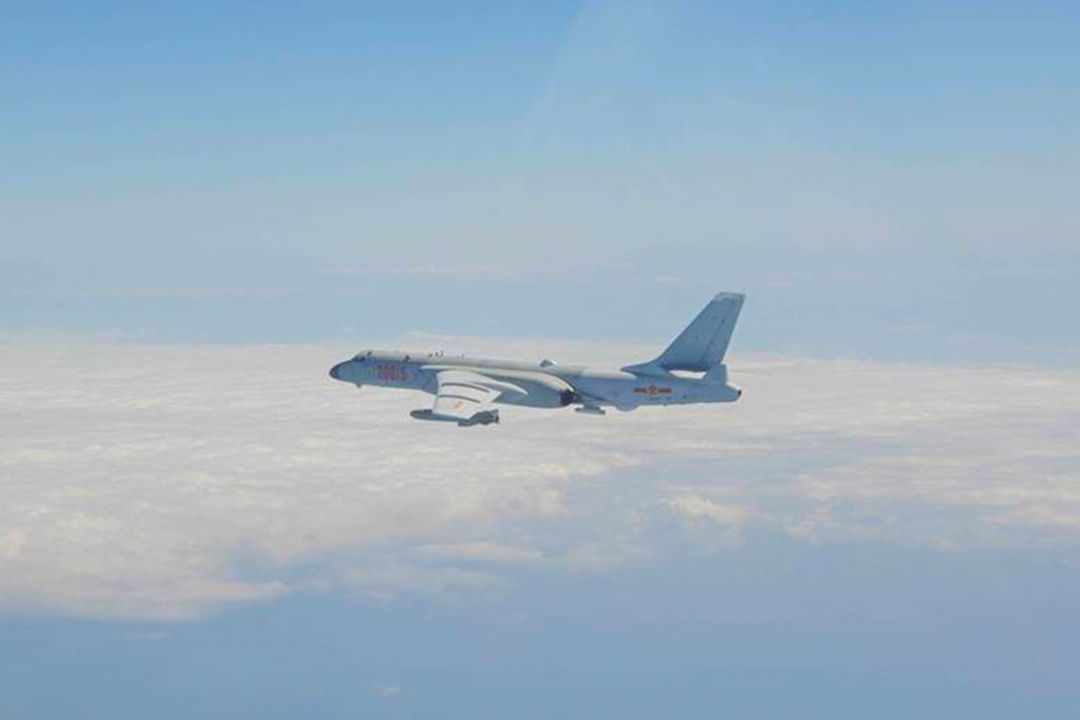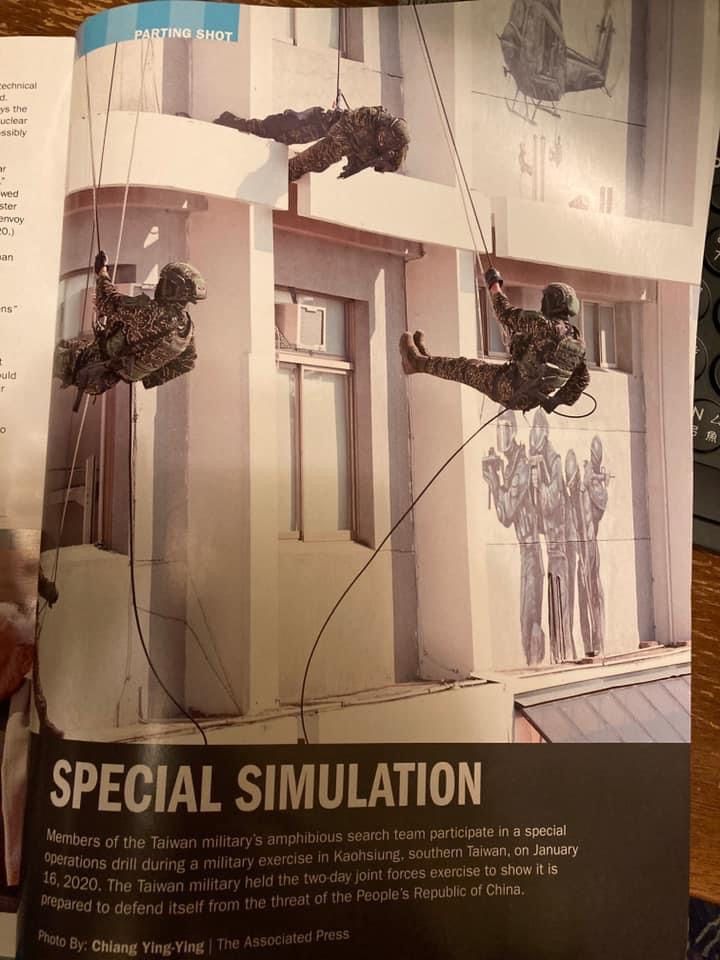After Biden takes office, will Taiwan-US relations really "regress"?

Yesterday 's statement by the US State Department against "Communist military planes harassing Taiwan" was seen by many as a signal of "regression in Taiwan-US relations."
For example, compared with the Trump era, this press release uses "PRC" (People's Republic of China) to refer to mainland China, which is different from the "CCP" (Chinese Communist Party) often used in the Trump era; Special mention is made of "The Three Communiqués", the "Taiwan Relations Act", and the "Six Assurances" of the United States to Taiwan.
Some people have noticed that the US press release uses "Taiwan's democratically elected representatives" instead of official official titles such as "President" and "Minister."
But if you look closely at the statement, you can also find that the Biden administration has not abandoned the "geopolitical framework" and "anti-China legacy" left by Trump.
The most obvious clue is that the Biden administration continues to use the concept of the "Indo-Pacific region" -- in fact, the so-called "Indo-Pacific strategy" is the global deployment framework established under Trump.
If you are a Taiwanese about the same age as me, you will probably remember that more than ten years ago, there was a similar geographical symbol that was very popular in Taiwan--it was just not called "Indo-Pacific", but "Asia-Pacific". For example, hotels, health clubs, and even telecommunications companies have cases in the name of "Asia Pacific".

However, "Asia-Pacific" and "Indo-Pacific" are still very different in nature.
The background of the formation of the concept of "Asia-Pacific" is the end of the Cold War, the former communist bloc finally "degenerates" and decides to "make money together" with the capitalist camp. The internal driving force behind it is the commercial benefits that "integration" can bring. .
"Indo-Pacific" is just the opposite. The core purpose is to "confront" and "contain" China, thus running counter to the concept of "integration" implied by "Asia-Pacific". After all, the emphasis is on military and strategic goals, not commercial interests.
Just last year, when Tsai Ing-wen was re-elected, "Duan Media" also reviewed the "Indo-Pacific strategy". Looking back now, I can't help but think that we are quite insightful-although Trump failed to be re-elected, the "Indo-Pacific" The ideal of geography has survived, and may be one of the most critical concepts affecting Taiwan in the next two decades.
Since the "Indo-Pacific Strategy" has not disappeared, you are welcome to click on the link to review this article "The Wind and the Unsinkable Fleet in the Pacific Ocean" by Tuan Media last year (30 free reading places), and take a look at the "Pacific Command" of the US military. ", why did it change its name to "Indo-Pacific Command"?

But having said that, the first thing that made me feel that "Asia-Pacific" became "Indo-Pacific" was actually a major foreign propaganda magazine of the US military: "Asia-Pacific Defense Forum" (Asia-Pacific Defense Forum).
I've been a loyal reader of the magazine for the past decade; but since Trump took office, the magazine's name has been changed to Indo-Pacific Defense Forum. In addition to the name of the magazine, the content of this magazine has also released a lot of signals.
For example, the back cover of the last issue of the "Indo-Pacific Defense Forum" contained photos of Taiwan's amphibious search and rescue forces participating in the exercise. The caption of the photo also specifically mentions: This exercise is to show the outside world that Taiwan is ready to defend against the threat of the People's Republic of China-I seem to be seeing such a conspicuous and direct view for the first time since I subscribed to this US military magazine for ten years. Bai's wording is also the first time to see a photo of the Taiwanese army placed on the back cover.
In short, if you are interested, you can also subscribe to this magazine online , the subscription fee is free, and the beautifully printed magazines will be sent directly to your mailbox from Hawaii every season!

Like my work? Don't forget to support and clap, let me know that you are with me on the road of creation. Keep this enthusiasm together!
